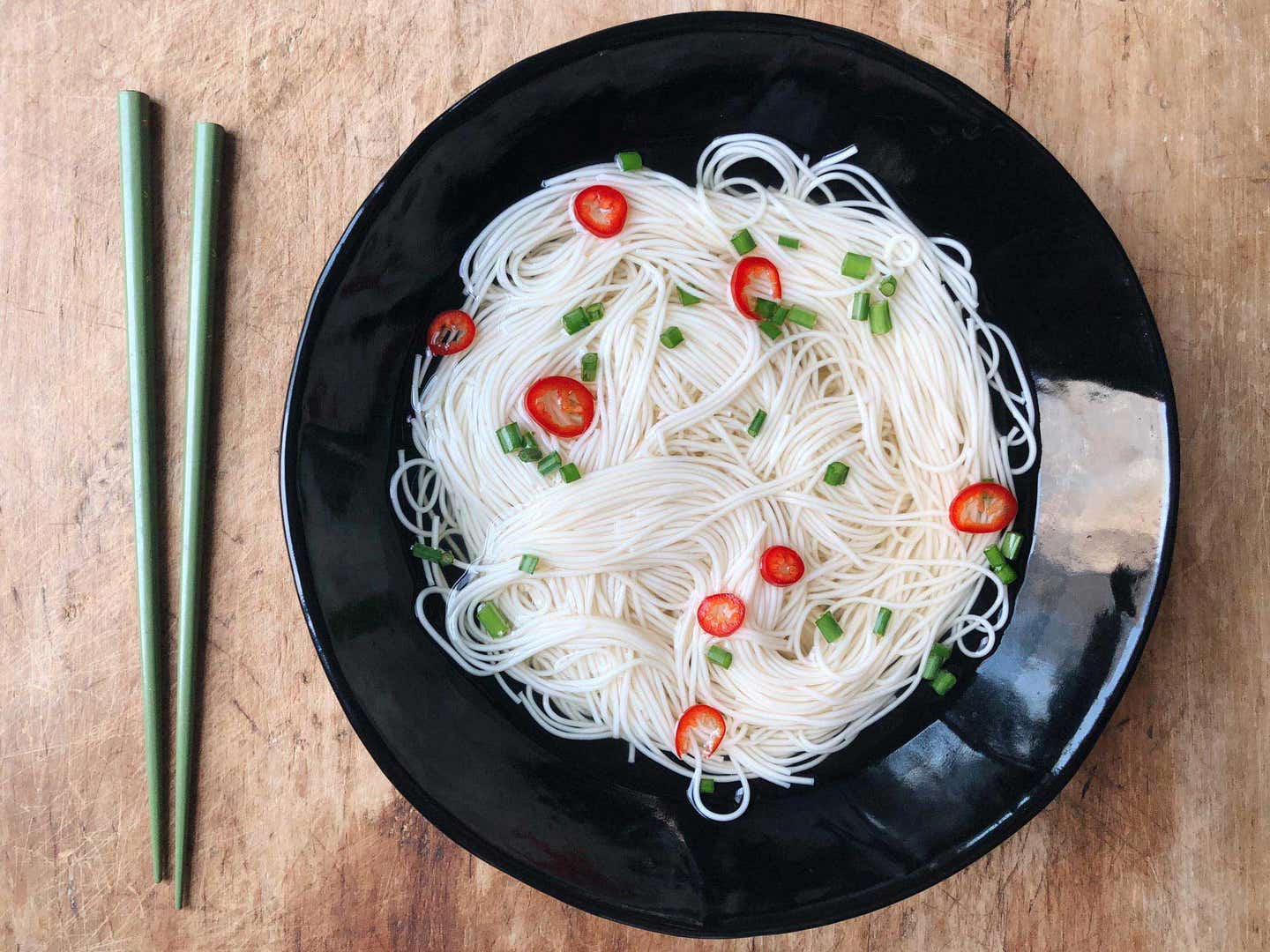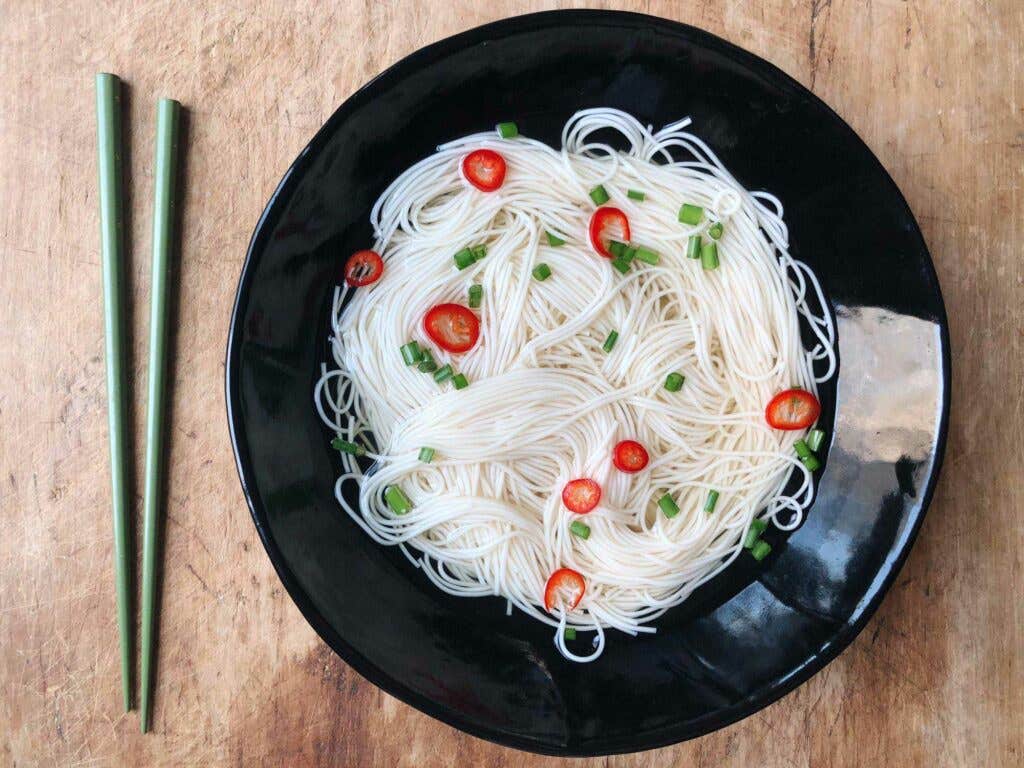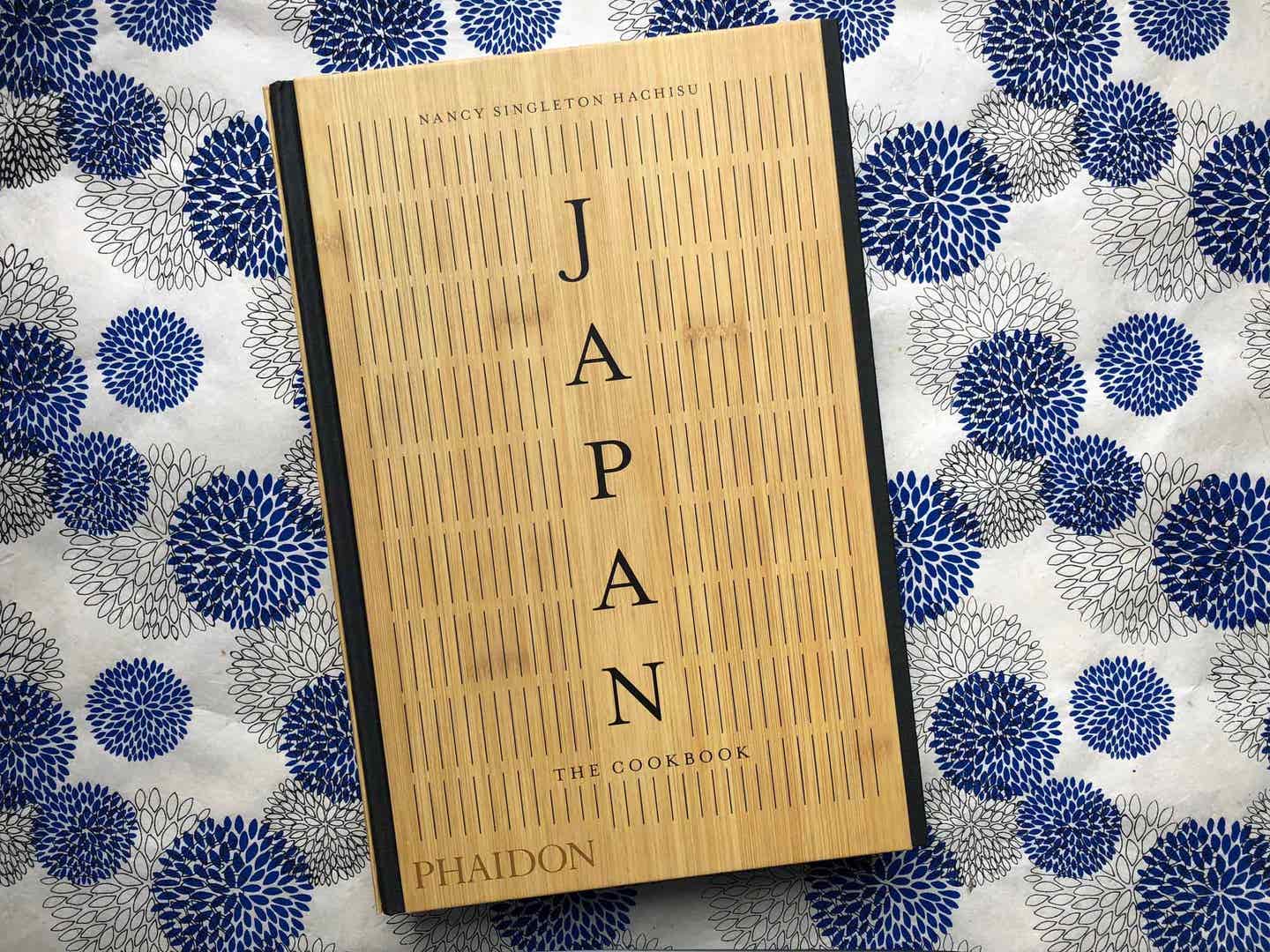What Cooking from “Japan” Taught Me About Japanese Ingredients
It’s really all about the seasoning

Reflecting back on this past month of cooking from "Japan: The Cookbook" for Saveur's Cookbook Club, I've noticed its influence on my everyday cooking. Where before I'd splash a little soy sauce on my rice or vegetables to season them (at most), I now feel confident in tossing in brown rice vinegar, toasted sesame oil, and mirin in drizzles and glugs (these are scientific amounts, of course) to make a quick marinade for basically any vegetable I pick up at the farmer's market. Togarashi, a seasoning I once nervously shook on my ramen only, is now my go-to for meaty chicken thighs. My approach with these may be American in application, but because I now understand more fully how Japanese cooks season their food and how they expect it to taste, I can break the rules and have fun with their limits.
That's one of the greatest takeaways I've learned from "Japan." Just like any culture's cuisine, the things that make a dish "Japanese" is not necessarily the core ingredients used, but how the cook treats the seasoning of those ingredients. Learning the balance of vinegar (sour), soy sauce (salty), sesame oil (umami), and mirin (sweetness) in seasoning a dish is just as elemental to Japanese cuisine as learning how to properly use salt and black pepper in America.
At the onset of this project, I went to my local Japanese grocery store, completely baffled by the labels and abundance of seemingly similar condiments that—I would find out—couldn't be more different. By making the recipes in Nancy's book, I learned what each of those ingredients brought to the party. I learned that black sesame seeds indeed do have flavor when you toast them lightly to bring out their unique aroma, and how to utilize natto, the funky, fermented soy beans I had been too afraid to try before, like blue cheese in a salad dressing. The core ingredients I used—cucumbers, scallions, cabbage, carrots, eggplant, plus chicken thighs and lots of fish—were not new to my palate, but how they were transformed to be brighter, crispier, and more deeply-flavored was what blew my mind.

"Japan" also taught me that Japanese cooking is all about treating each ingredient with respect and using only as much as is necessary to make it sing. In the US, we often load up on salt and spice to wallop our taste buds with maximum flavor, but this is the opposite of how Japanese cooks treat their food. Now that I understand that, I'm able to make lots of "Japanese" food, in spirit, using these principles. It's not always necessary to go to the Japanese grocery (except to stock up on decidedly higher-quality condiments and some specialty items); supermarket carrots, cucumber, peppers, and other vegetables are easily elevated using these principles. Brown rice vinegar, my most prized kitchen possession now, adds the right amount of gentle tartness to almost everything I cook, from a bowl of cooked rice or steamed freezer peas to a NY strip steak, encrusted with cracked green peppercorns.
Each month, our Cookbook Club digs deep into a cookbook and shares our progress online.
Join The SAVEUR Cookbook Club
The biggest success of cooking from “Japan” was seeing how I didn’t need to alter my entire way of cooking to fit into it. I could apply the same lessons learned from the classic Japanese dishes that Nancy chronicles to my everyday cooking and feel that it fit in just as well alongside the tried and true stalwarts of that cuisine. And as Nancy points out, that’s ultimately what every cuisine, especially Japanese cooking, is about: adapting to new styles and using new ingredients, but maintaining the same foundational principles of seasoning that made the original dishes so special in the first place.
Keep Reading
Continue to Next Story












